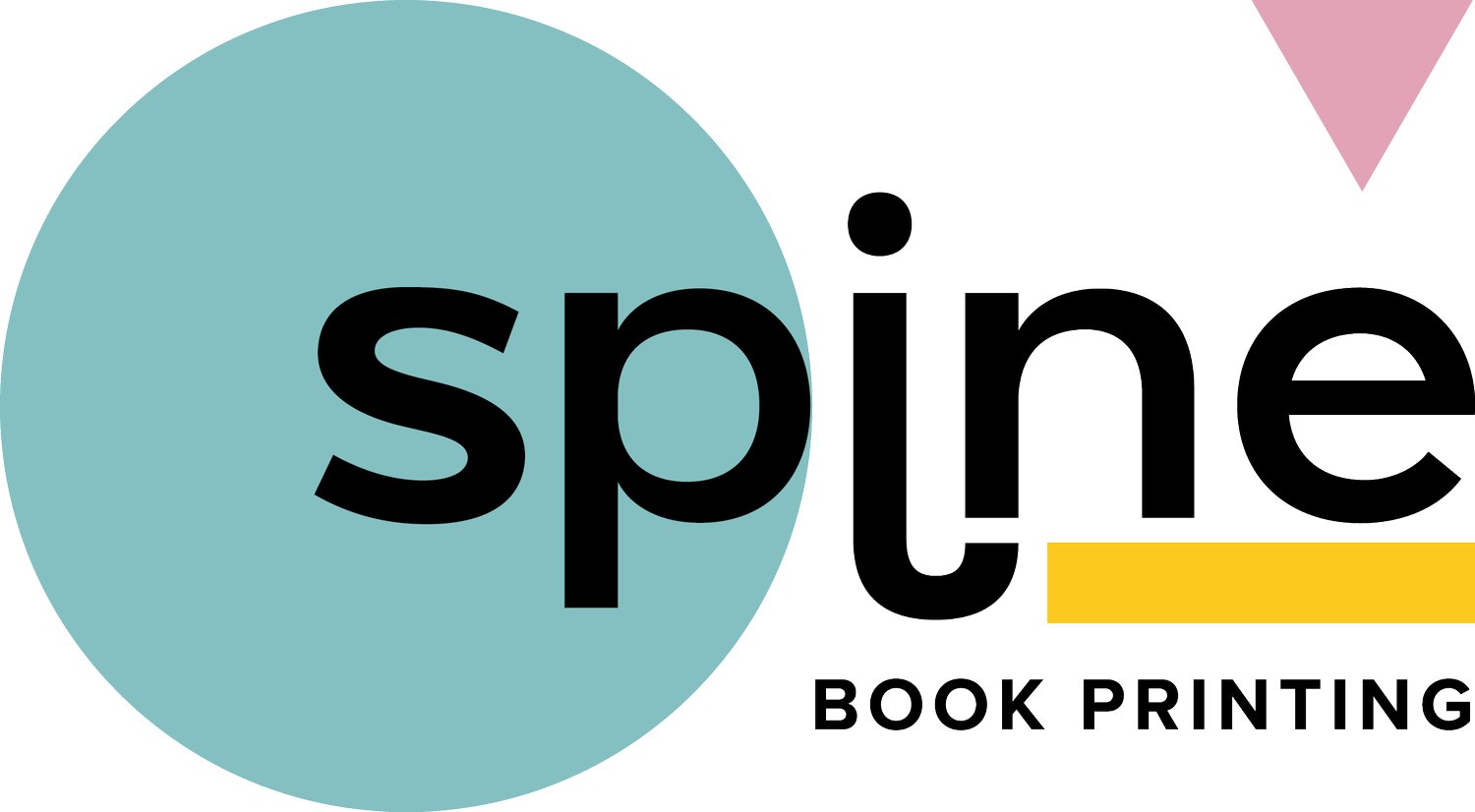A Comprehensive Guide to Self-Publishing Non-Fiction Books
Choosing to self-publish your non-fiction book is an empowering decision that bestows control over every aspect of your publication, allowing you to share your knowledge, passion, and insights with readers worldwide. However, a successful non-fiction self-publishing journey demands careful planning, industry comprehension, and dedication to achieving the highest quality work.
In this comprehensive guide, we will explore crucial steps in self-publishing non-fiction books, touching on aspects such as manuscript preparation, cover design, formatting, and legal considerations. We will also delve into effective marketing approaches and the significance of professional printing services in ensuring your book stands out in the competitive world of non-fiction writing.
Manuscript Preparation and Editing
When preparing your non-fiction manuscript for self-publishing, thorough preparation and editing is of the utmost importance to stand out and impress your readers with your knowledge and expertise.
Research: Conduct rigorous research, ensuring facts and data are accurate and up-to-date. Provide references and cite sources to build credibility.
Editing: Edit your manuscript carefully, focusing on errors, inconsistencies, and improving clarity. Ensure the structure and flow of your content is reader-friendly and logically organised.
Beta Readers: Recruit beta readers, particularly those within your target audience, to provide feedback on readability, interest, and overall engagement of your content. Revise as necessary to address their recommendations.
Professional Editing: Engage a professional editor to undertake a comprehensive edit, focusing on grammar, language, sentence structure, and general flow.
Cover Design and Interior Layout
A visually appealing cover design and professional interior layout are crucial in attracting potential readers and conveying the quality of your non-fiction book.
Cover Designer: Collaborate with an experienced cover designer to create a design that reflects your book's subject matter, conveys an air of professionalism, and stands out in the competitive non-fiction market.
Typography: Choose a consistent, reader-friendly font that complements your design and subject matter for both cover and interior pages.
Formatting: Format your manuscript professionally, adhering to industry standards for non-fiction books. Employ design elements such as headings, subheadings, bulleted lists, and tables to enhance readability and visual appeal.
Page Numbers and Headers: Incorporate page numbers and headers displaying pertinent information like book title and author name, providing a polished presentation and easy navigation.
Copyright and Legal Considerations
Protecting your intellectual property and adhering to legal requirements is vital in self-publishing non-fiction books.
Copyright Registration: Register your work with the appropriate copyright office to secure your ownership and ensure legal protection.
ISBN and Barcodes: Obtain an International Standard Book Number (ISBN) and barcode, which is necessary to identify and distribute your book to retailers and libraries.
Permissions: If your work includes copyrighted material such as quotations, images, or excerpts from other sources, obtain requisite permissions and provide accurate credits and acknowledgements.
Printing Options and Specifications
Deciding on the appropriate printing options can significantly impact the appearance and quality of your self-published non-fiction book.
Binding: Opt for perfect binding, providing a professional and long-lasting finish for both hardback and paperback books. This binding method allows your book to lie flat when opened, enhancing the reader's experience.
Paper Choice: Choose between paper types, such as 100gsm uncoated or 150gsm silk paper. Uncoated paper offers a traditional, matte feel, while silk paper provides a smooth texture and increased sheen.
Cover Lamination: Select matt or gloss cover lamination to enhance your book's appearance and durability. Matt lamination gives a sophisticated, velvety finish, while gloss lamination imparts a shiny, eye-catching look.
Colour Printing: Consider whether your non-fiction book requires full-colour printing or black and white, taking into account factors like images, diagrams, or infographics.
Identifying Your Target Audience
Understanding your target audience enables you to create content, design, and marketing efforts tailored to meet their interests and needs.
Reader Demographics: Determine your target audience's age, gender, geographical location, and other relevant demographic factors that may affect their reading preferences and buying habits.
Subject Matter Expectations: Consider the expectations, conventions, and styles associated with your non-fiction book's subject, ensuring your content, design, and marketing align with the interests of the intended audience.
Market Research: Conduct thorough market research to better understand your competition, trending topics, and areas of opportunity relating to your target audience's preferences.
Strategic Marketing and Promotion
Utilising targeted marketing and promotion tactics is vital in connecting with readers and promoting your non-fiction book.
Author Platform: Develop a strong author platform, including a website, blog, and social media presence, to engage with readers, provide updates, share relevant insights, and offer exclusive content.
Reviews and Endorsements: Reach out to reputable reviewers, industry influencers, and subject matter experts to provide reviews and endorsements for your book, generating early buzz and credibility.
Book Launch Events: Plan and host book launch events, either online or in-person, to celebrate your publication, engage potential readers, and create promotional opportunities. Attend industry events, conferences, and seminars to connect with your target audience, fellow authors, and establish yourself as a knowledgeable expert in your field.
Embarking on the self-publishing journey with your non-fiction book requires dedication, attention to detail, and a solid understanding of the process. As you navigate through each stage, from manuscript preparation to marketing and promotion, it's crucial to invest time and effort in ensuring that your book exemplifies high-quality work that captures your target audience's attention.
At Spine Book Printing, we are passionate about helping authors achieve their publishing goals by delivering the best quality printing services. Our commitment to excellence ensures that your non-fiction book will be brought to life with the professionalism and expertise it deserves. Partner with us to unlock your full potential as an author and confidently share your knowledge and insights with the world. Contact us today to discover how Spine Book Printing can support your non-fiction self-publishing journey and help you create a lasting impact in your field.



